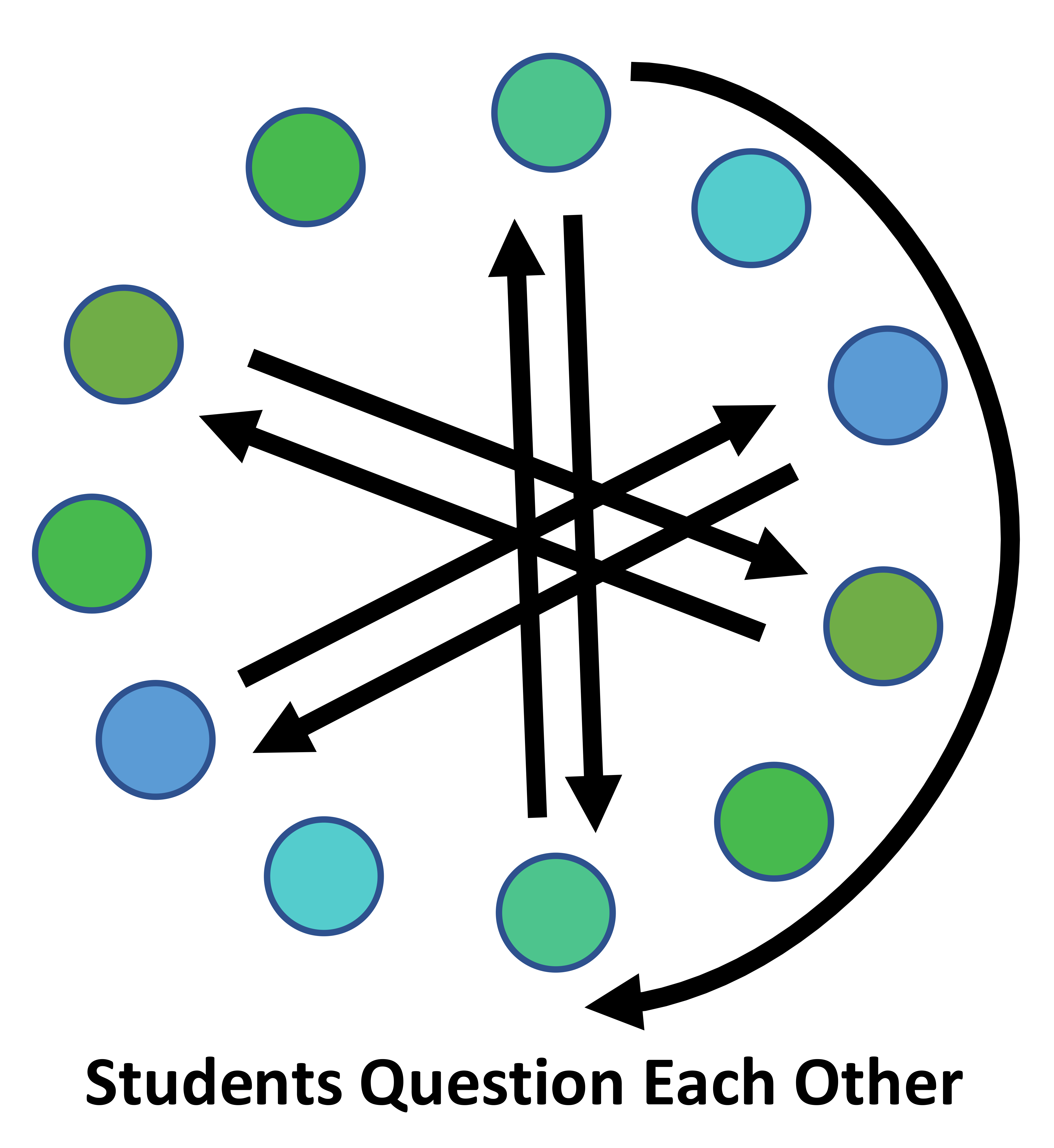Small Group Work
Small group work is a fantastic way to deliver teaching to your students. It tends to be more inclusive and allows greater interaction between teacher and student. This makes it easier to tailor lessons to the specific needs of a group and allows you to assess if your teaching is having the desired impact. There is no limit to what you can do in these group sessions. Just do something you find interesting and fun!
There are a few downsides. These include the increase in time commitment and resources necessary to teach a large body of students. Group work also leads to variable quality of teaching if more than one teacher is involved. Most importantly, it requires engagement of both students and the teacher. This is no mean feat! So, what can you do?
Facilitating Skills
As the teacher, your role in small group work is to facilitate discussions and encourage group interaction. You should give students the relevant structure and ensure that everyone is heard. Importantly, you should not take part in the discussion, offer your point of view or try to influence the outcome. However, you may need to steer the discussion back if it moves off topic.
You can break facilitation down into two main skills. First, the manner of questioning you employ. Second, the type of group activities you use.
Lines of Questioning
It is no secret that the way in which you ask a question will determine the answer you get back. Just think of those early communication lessons you had back at medical school, or the way interviewers ask questions after a sports match.
Briefly, there are two main types of question. Open questions and closed questions. Open questions require more than a simple yes or no. They will stimulate thinking and encourage ongoing discussion. Closed questions require only one or two-word answers and will usually close off a discussion. You can further break questions into many different subcategories. These include, but are not limited to, questions about:
Exploration
These probe basic knowledge.
Challenging
These examine assumptions, conclusions and interpretations.
Justification
These probe motives or causes.
Hypothetical
These pose a change in the facts and encourage extended thinking.
If you want to read more about questioning as a facilitator, visit our communication article on questioning as a facilitator.
Group Activities
This section describes some of the methods you might wish to employ in an attempt to get your group to interact with one another and share their ideas. This is not an exhaustive list but includes some important examples.
Brainstorming
This method stimulates creative thinking and the generation of ideas in response to a problem. Evaluation and criticism tend to inhibit creative thinking, while quantity of ideas breeds quality. The rules are:
- Evaluation and criticism are banned.
- Freewheeling is welcomed.
- The more suggestions the better.
- Ideas can be improved and combined.
Participants should have knowledge of the problem but not be too close to it. Ideal group size is 12 people. The facilitator should clearly define the problem and constantly push group for more ideas and contributions.
Rounds
Each person has a brief time (< 1 minute) to say something in turn around the group. Go in one direction, speak at random or the last person choses who goes next. The latter method is useful for reinforcing names. This method is useful at the beginning of small group work as it helps to bring everyone in from the start. If the correct question is asked, it can be used to check on any learning issues.
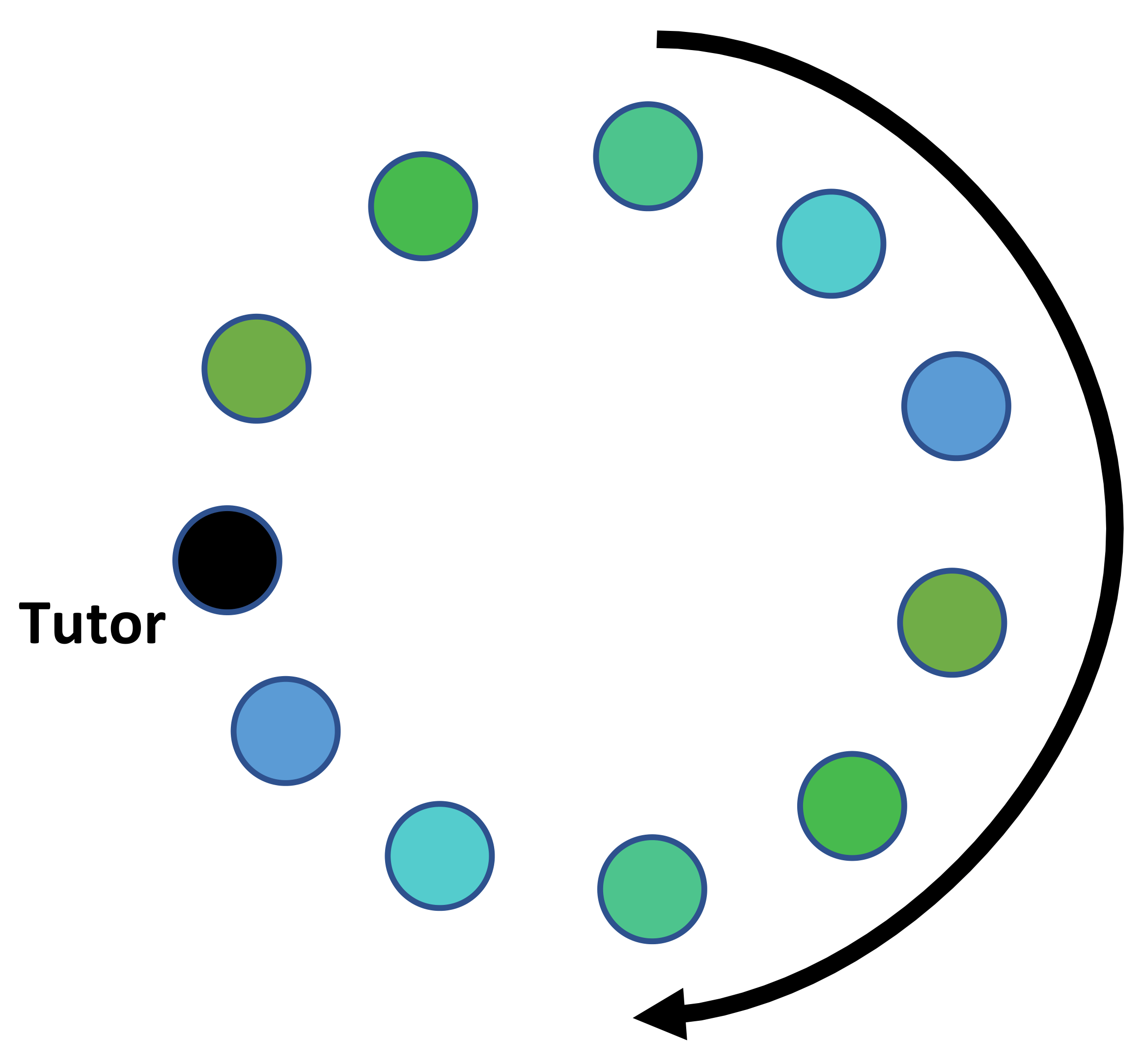
Line-Ups
Participants are asked to adopt a position on a line which represents their view on an issue. The line on which they stand denotes a range from one pre-defined polarity to another. It is an instant opinion poll. It can be used for two roles. First, the collective group will be able to tease out opinions, values or attitudes that might remain obscure. Second, it can be used as a means of organising sub-groups. These groups can be subsequently mixed to distribute views in the larger group.

Snowballing
A method in which participants work in progressively larger groups so that pairs join up to form fours, then eights and finally into a plenary session. It is effective at ensuring full participation. Start with individuals writing their ideas in the first stage before sharing them. A series of graded tasks is helpful to avoid participants getting bored with repeated discussion on same points.
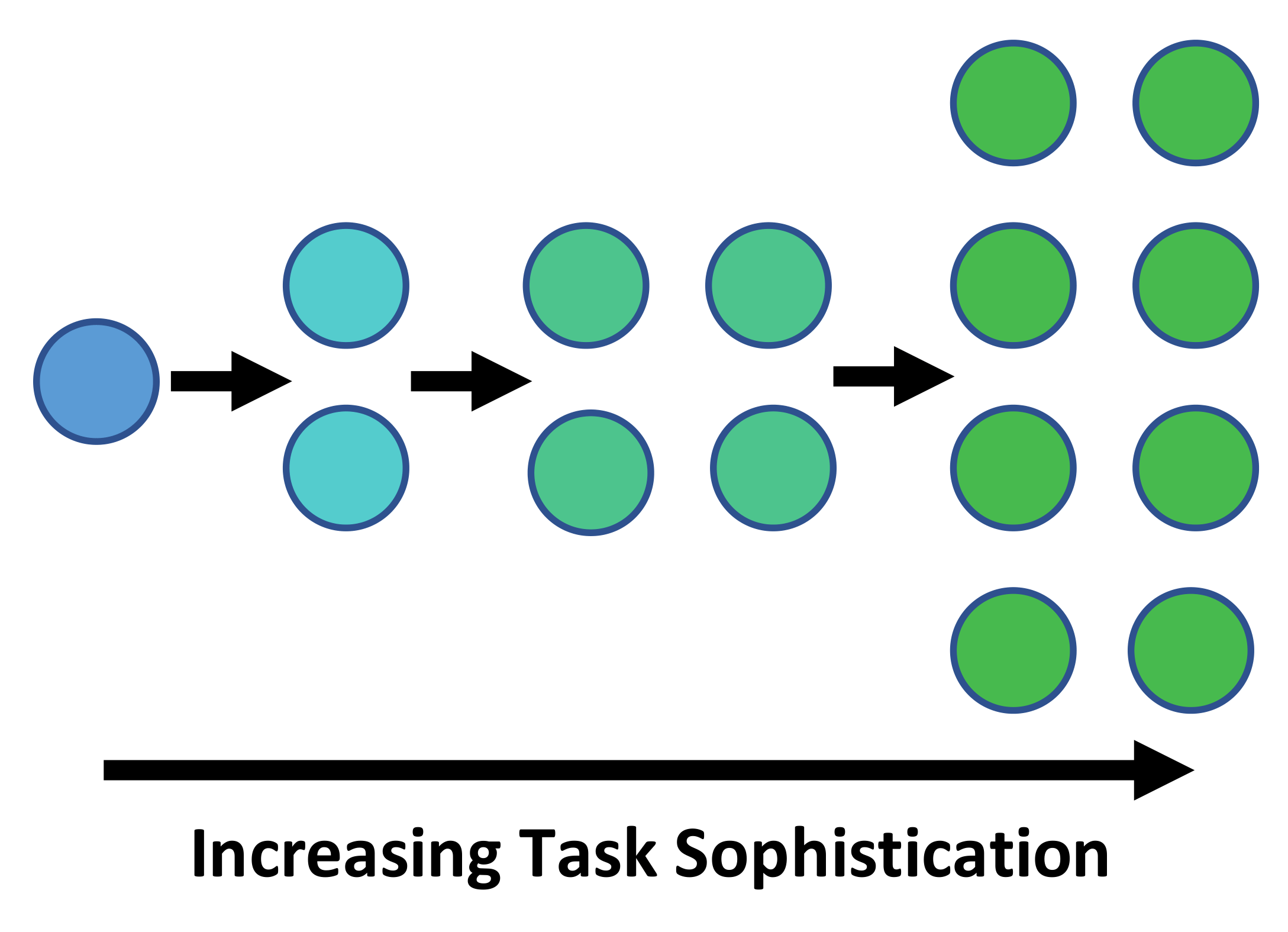
Buzz Groups
Participants turn to their neighbour and are asked to consider any difficulties in understanding or to prepare an answer for a give question or to consider the next stage in a procedure. Allow a few minutes for each discussion. Buzz groups are effective at breaking up sessions by changing the focus of attention onto the individual. They are particularly useful when a session is flagging. Learners may express difficulties they are unwilling to reveal to the whole class. Can use in both large and small groups.
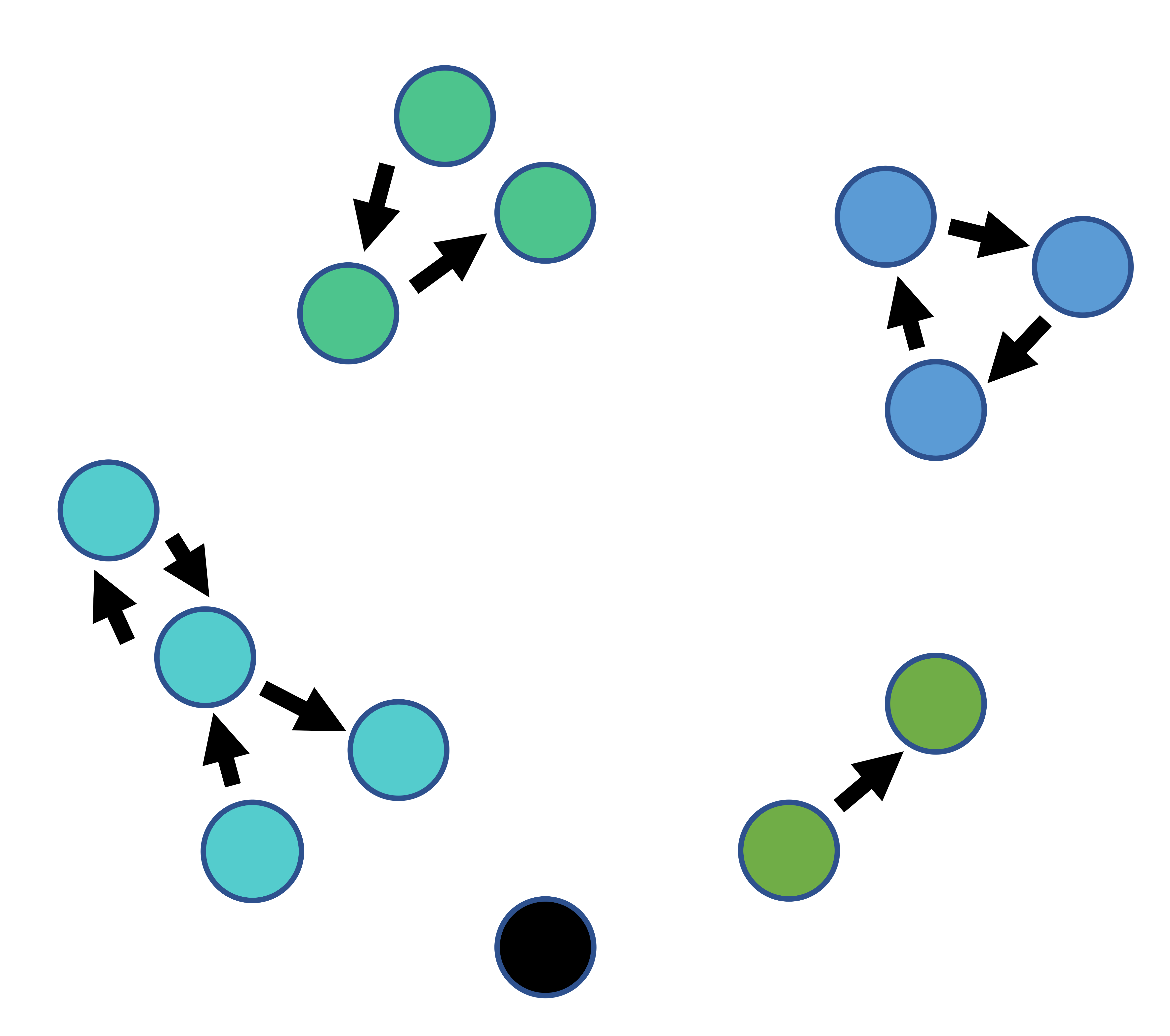
Fishbowl
This method consists of an inner group and an outer group. The inner group discusses an issue or topic while the outer group observes looking for themes, patterns and soundness of argument. The outer group may then give feedback on the functioning of the inner group.
The setup of the groups can be changed; roles of the group can be reversed, individuals can move from the outer to inner group using an ‘empty chair’ approach or pairs can be matched between the inner and outer group. In the latter case, the inner member can brief the outer member while the outer member acts as a consultant to their partner giving feedback, in confidence, which can be used in new rounds of discussion.
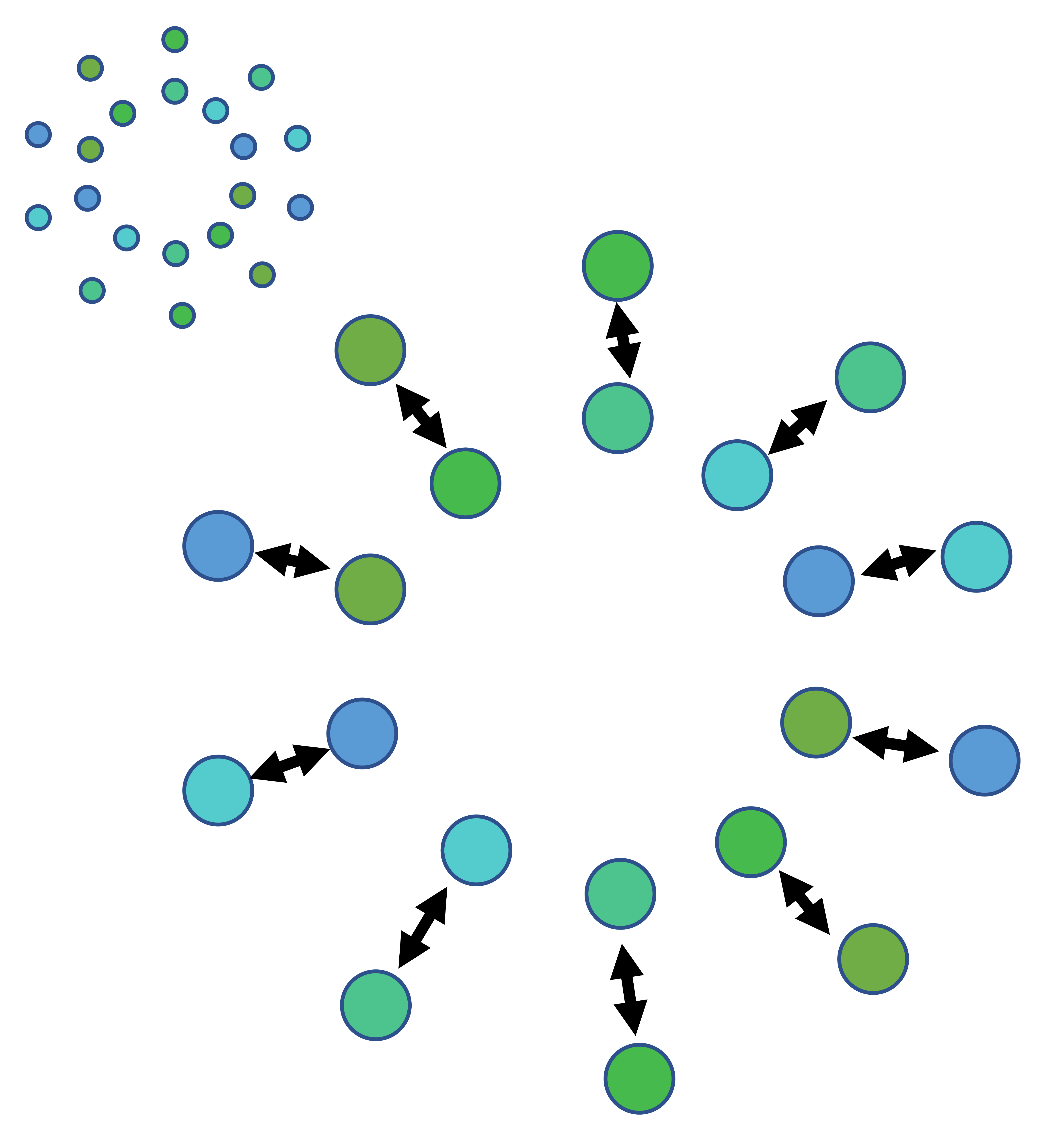
Circular Interviewing
Similar to a round, but each person formulates a relevant question or a problem and puts it to the person opposite. They have a set amount of time to answer it. Follow up questions can be asked if time allows. This continues around the group until everyone has contributed. At this point a review of questions and answers takes place. Deeper levels of thinking and learning can be achieved with prepared questions.
